
John Martins' |
|||||
|
Other Useful Pages:
|
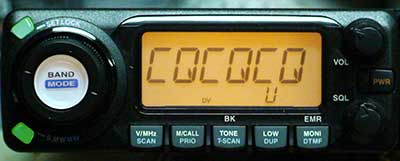
The Icom ID-800 dualband DStar/Analog transceiver is quite a dandy radio. Icom has discontinued this model and replaced it by the ID-880 which has a much nicer user interface relating to the use of DStar gateway repeaters. For all practical purposes, the ID800 is an IC-208 with the DStar functionality added. Both radios have a really nice LCD display that is easily visible in any kind of light. The display can also be set to glow in green rather than yellow-amber. While the ID-800 does not have the dual receivers or the diversity reception (or the GPS receiver built in) as a DStar equipped IC-2820, it does have a full feature set of the DStar protocol. It's quite a pleasure to behold the big bold letters scrolling across the screen the callsign of the guy you're talking with-- and then whatever short text message he has appended. Similarly, it's easy to observe the 'UR*' acknowledgement that the repeater sends back after it relays your transmission.
|
||||
|
|||||
ver 8/08
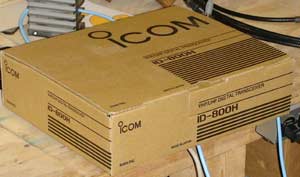
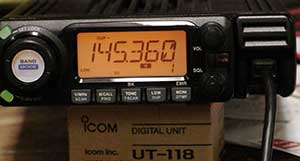
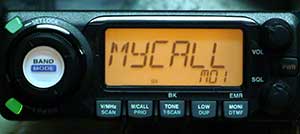
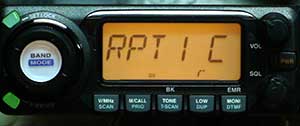
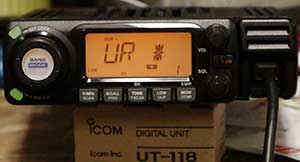 When you have the repeater programmed in properly (or the radio has automatically set things up for you to work through the repeater) your transmissions are acknowledged by the '
When you have the repeater programmed in properly (or the radio has automatically set things up for you to work through the repeater) your transmissions are acknowledged by the '